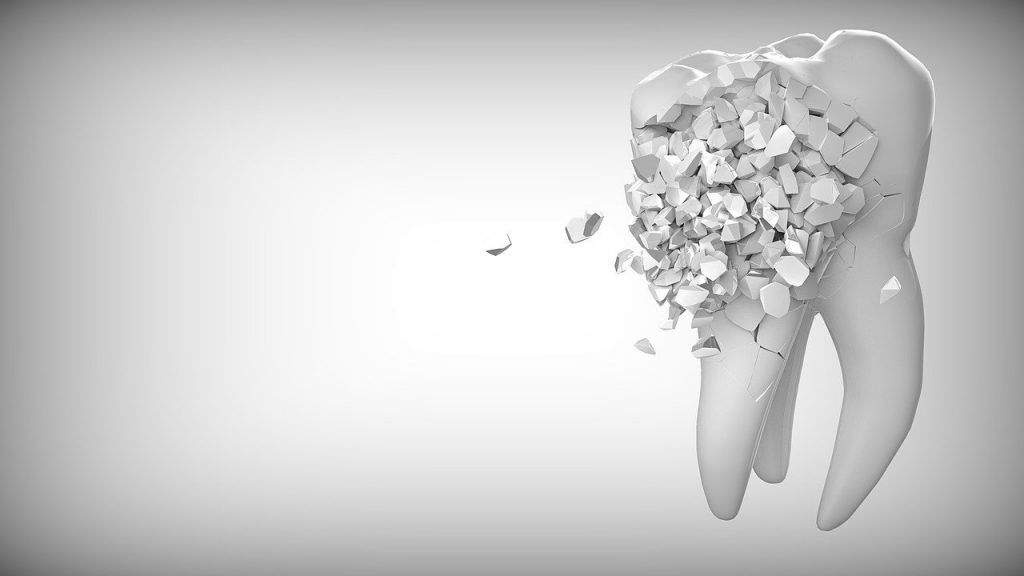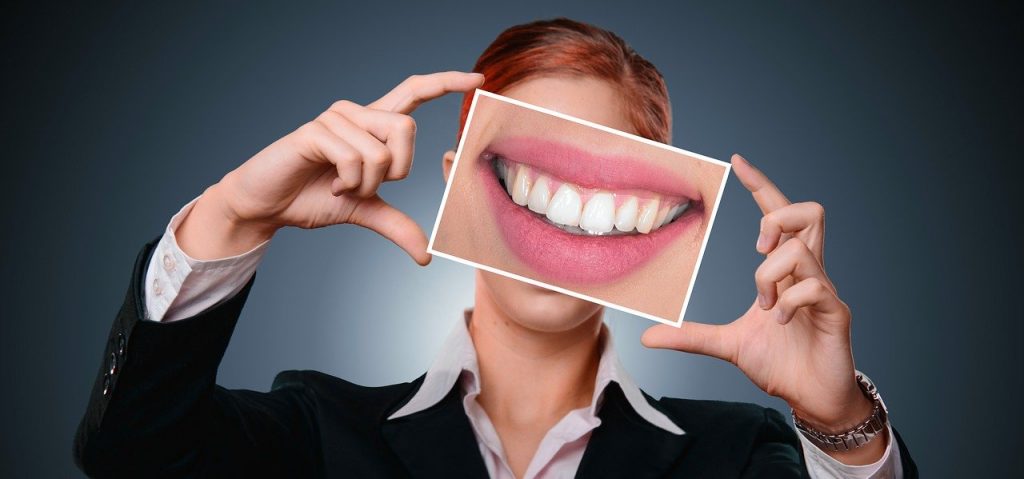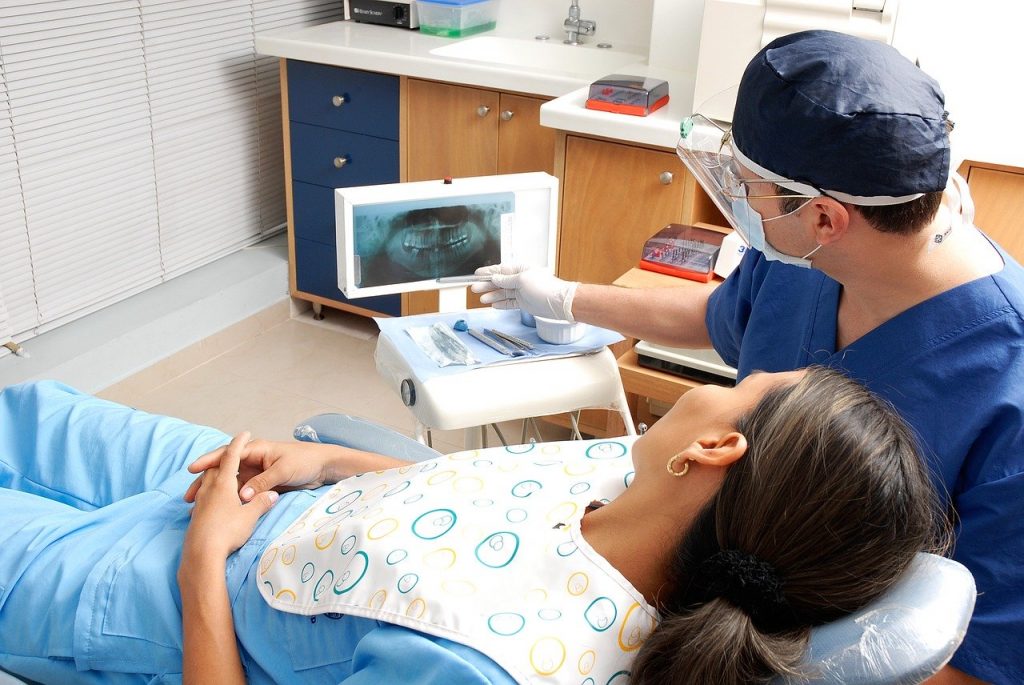
The Cutting Edge in the World of Derma-Fillers
- Products

Besides Botox, clinics offer a number of other ways to enhance, sculpt and prettify. Medicine and the pharmaceutical giants have been experimenting with various injectable materials to fill in the gaps left when the basic foundation of our skin unravels.
- Temporary biological fillers: collagen and ‘lipofilling’ Besides Botox, doctors use collagen (called ‘collagen instant therapy’ in the UK, or by product names such as Zyderm and Zyplast). Purified bovine (cow) or porcine (pig) collagen, the protein that forms the scaffolding of skin, bones and cartilage, is injected into the lips or wrinkles and, several weeks later, after the animal collagen has broken down, your body supposedly replaces it with your own new human collagen.
- Collagen implants were the fifth most common aesthetic procedure in 2002, according to the American Society for Aesthetic Plastic Surgery (ASAPS), but their use has fallen by 20 per cent as hyaluronic acid-based fillers become more popular. Hyaluronic acid, found in the body’s movable joints, is often derived from the cocks’ combs and used to treat cataracts and arthritis. It is the UK’s most popular temporary derma-filler as it is thought to have fewer allergic reactions. Based on this assumption, doctors don’t require allergy testing beforehand, as they do with collagen. Other possibilities include Cymetra – collagen derived from human skin – and Isolagen, where collagen-producing cells are harvested and grown from your own skin cells, then injected back into you. However, most biological materials are readily reabsorbed by the body within just a few months, and body fat is not ideal for sculpting such features as lips.
- Downsides: Like Botox, collagen is temporary. As with most biological materials, including microlipoinjection – injecting tiny amounts of your own abdominal or thigh fat – it is absorbed and must be repeated every 3-18 months . But even biological materials can solidify inappropriately. British actress Leslie Ash’s collagen implants made headlines after they resulted in a permanently disfiguring ‘trout pout’ . Also, some 3 per cent of patients are allergic to collagen. Although allergy tests are performed, many won’t react until the stuff is literally in the mouth. Other reactions include joint and muscle pain, headaches, soreness, blistering and, most seriously, shock and difficulty breathing
- Non-biological dermal ‘fillers’ As a consequence, doctors and drug companies have been casting about for the perfect filler material that won’t be absorbed and will also be ‘biologically inert’ – in other words, it won’t travel to some other place in the body. The latest favourites include Artecoll, or Artefill, and – believe it or not – Gore-Tex, the plastic used for all -weather coats and boots. Artecoll, used in Canada and Switzerland, and awaiting US Food and Drug Administration (FDA) approval, is three-quarters bovine collagen and one-quarter Plexiglas microbeads. The natural collagen is supposed to fool the body into producing its own collagen. The advantage is that, although it appears ‘natural’ to the body, it doesn’t degrade as quickly as other varieties, so the effects are more permanent. Gore-Tex is made of e-PTFE (expanded polytetrafluoroethylene), the same material used in Teflon. The FDA has specified that e-PTFE be used only for serious facial surgery – facial augmentation or lip reconstruction – and not for lip augmentation or wrinkles, but that hasn’t stopped doctors from using it as a more permanent ‘Botox’, often for the lines running from the nose to the corners of the mouth.
- Downsides: Gore-Tex requires surgery and may cause scarring. Although it doesn’t degrade, repeat treatments may still be necessary and, as these plastics become more and more commonplace, more cases of adverse reactions are being reported (J Am Acad Dermatol. 1999; 40: 100-2). These include irritation, allergic reactions, blurred vision, discomfort, slow healing and its visible appearance – even leaking of the substance – under the skin as the face moves. More worryingly, Artecoll and other bead-containing products can cause red lumps to appear beneath the skin, sometimes several years later (Arch Dermatol, 2003; 139: 17-20), which are nearly impossible to surgically remove.

